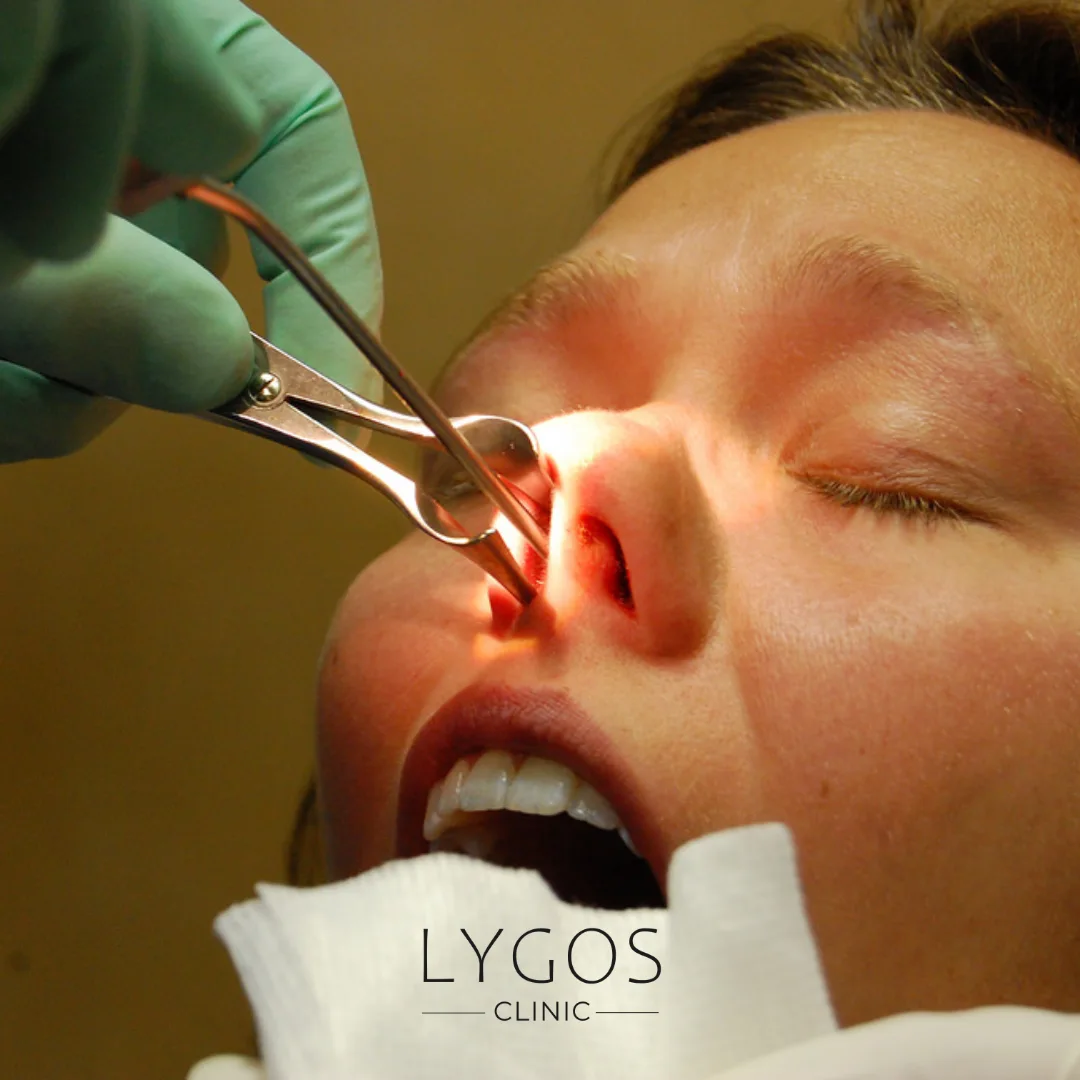Nasal Turbinate Reduction | Methods of Nasal Turbinate Reduction

Chose Your Topic
Nasal Turbinate Reduction
Nasal congestion and difficulty breathing are common health issues that significantly affect many people’s quality of life. One of the main causes of these problems is the enlargement of the nasal turbinates. Nasal turbinate reduction surgery is a frequently preferred surgical method to address this issue. So, what exactly are nasal turbinates? How is the turbinate reduction procedure performed? Who needs it? We will examine the answers to all these questions in detail.

What Are Nasal Turbinates (Conchae)?
Nasal turbinates, or medically known as conchae, are bony structures covered with mucous membranes located on both sides inside the nose that regulate airflow. They play a crucial role in warming, humidifying, and filtering the inhaled air. Additionally, they slow down the airflow inside the nose, preventing dust and microbes from reaching the lungs.
When healthy, nasal turbinates facilitate easy breathing and support the proper functioning of the nose. However, due to various reasons, the turbinates can become enlarged (hypertrophy). This enlargement narrows the nasal passages, making breathing difficult and causing symptoms such as nasal congestion, snoring, and headaches.
What Is Nasal Turbinate Reduction?
Nasal turbinate reduction is the process of decreasing the size of enlarged nasal turbinates, which block the airways inside the nose, through surgical or medical techniques. The goal is to relieve nasal obstruction and allow the person to breathe comfortably.
This procedure is commonly applied in cases of turbinate hypertrophy, where airflow inside the nose is restricted. The operation does not involve removing the turbinates entirely, but rather reducing or reshaping the excessive part. This opens the nasal airways while preserving the essential functions of the turbinates.

When Is Nasal Turbinate Reduction Needed?
Nasal turbinate reduction is performed in cases where the enlargement of the turbinates negatively impacts quality of life. The most common indications are:
- Chronic Nasal Congestion: Enlarged turbinates obstruct airflow inside the nose, especially worsening at night, which can negatively affect sleep quality.
- Difficulty Breathing: When turbinates are excessively large, the person may have to breathe through the mouth, leading to dry mouth and sore throat.
- Frequent Sinus Infections and Inflammations: Enlarged turbinates can block sinus drainage, increasing infection risk.
- Causing Snoring: Nasal obstruction can trigger or worsen snoring.
- Cases Unresponsive to Medical Treatment: If nasal sprays, antihistamines, or other medications fail to improve turbinate enlargement, surgery may be necessary.
Causes of turbinate enlargement include allergic rhinitis, chronic sinusitis, hormonal changes, and environmental factors.
What Are the Methods of Nasal Turbinate Reduction?
Various techniques are available for nasal turbinate reduction. The choice depends on the patient’s condition, the degree of enlargement, and the surgeon’s experience. The most common methods include:
- Radiofrequency Ablation (RFA): Radiofrequency energy is used to selectively reduce turbinate tissue. It is performed under local anesthesia with a short recovery time and low risk of pain or bleeding.
- Microdebrider Method: Special instruments are used to remove turbinate tissue, typically under local anesthesia.
- Conventional Surgery: Part or all of the turbinate may be surgically removed. This is a more invasive method, usually performed under general anesthesia, with a longer recovery period.
- Laser Methods: Laser energy is used to reduce turbinate size. This method is favored due to its painless and bloodless nature.
How Is Nasal Turbinate Reduction Surgery Performed?
The surgery is planned based on the patient’s overall health and turbinate size. The procedure generally involves the following steps:
- Examination and Assessment: Nasal examination, endoscopic imaging, and additional tests if necessary.
- Anesthesia: Local or general anesthesia may be used. Most patients undergo local anesthesia.
- Procedure: Turbinates are reduced according to the chosen method. Radiofrequency or laser procedures typically take 15-30 minutes.
- Recovery: Mild nasal congestion may occur after the procedure. Nasal packing or support materials placed inside the nose are removed during follow-up. Recovery usually lasts from a few days up to one week.
Nasal turbinate reduction surgery is considered minimally invasive and most patients are discharged on the same day.

Risks and Side Effects of Nasal Turbinate Reduction Surgery
As with any surgical procedure, there are some risks associated with turbinate reduction surgery. However, thanks to modern techniques, complications are rare. Possible risks include:
- Bleeding: Mild nasal bleeding may occur after surgery; serious bleeding is uncommon.
- Infection: Risk of nasal infection is low; antibiotics may be prescribed if needed.
- Nasal Dryness and Irritation: Especially after radiofrequency or laser treatments, the nasal mucosa can temporarily become dry and sensitive.
- Excessive Tissue Loss: Very rarely, over-reduction may cause nasal dryness.
- Recurrence of Turbinate Enlargement: Turbinates may grow again, requiring additional treatment.
- Anesthesia Risks: Though rare, complications related to general anesthesia may occur.
Your doctor will provide detailed information about these risks before surgery and take necessary precautions to minimize complications.
Nasal turbinate reduction is an effective treatment option that improves the quality of life for many people experiencing nasal obstruction and breathing difficulties. Enlargement of the turbinates can result from various causes, and reducing their size with appropriate methods restores nasal function. Among radiofrequency, laser, and surgical techniques, the best-suited method is selected for each patient. When performed by an experienced specialist, turbinate reduction surgery offers successful results with minimal risks.
If you have nasal congestion symptoms and suspect turbinate enlargement, it is important to consult an Ear, Nose, and Throat (ENT) specialist.
Nasal Turbinate Reduction Frequently Asked Questions (FAQ)
Since the procedure is usually performed under local anesthesia, no pain is felt during the operation. There may be mild discomfort afterward, but pain is manageable.
Recovery time varies depending on the method used, but most patients return to normal activities within 3 to 7 days.
In most cases, nasal congestion is significantly reduced or completely resolved. However, other factors can sometimes cause congestion, so follow-up with your doctor is important.
Although rare, turbinates can regrow, which may require additional treatment.


